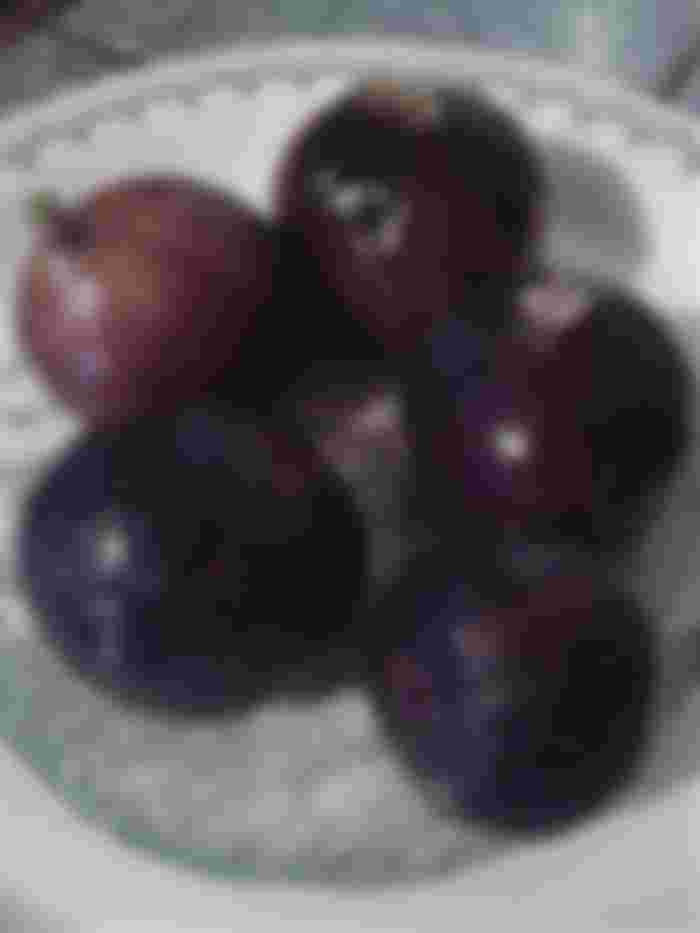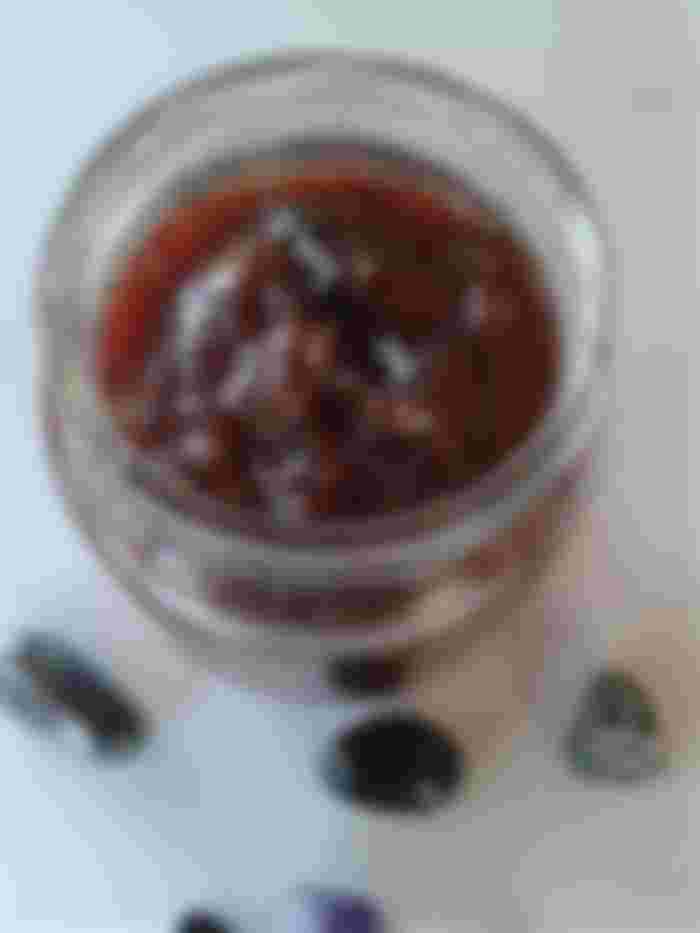Fig plant:

This is a fig plant that is in my garden, I planted this plant myself a few years ago and now it is very tall. Its scientific name is Ficus Carica.
The fig plant known as the fig tree gives me very tasty fruits, these fruits are green while they’re waiting to ripen and once they do they become purple. Their pulp is very sweet and it produces its fruit throughout the year, which is known as the common “fig”.
Although it’s of Asian origin, it’s a plant distributed throughout the world. It’s so old that it appears in the bible and the Romans and Egyptians had formulas to combat many diseases with the fruits and leaves of this plant.

The common fig tree produces green or purple fruits. This plant in reference has its purple fruits.
The leaf of the plant is green in color with a lobed and sinuous shape. Its underside is rough. The leaf of the fig tree is used in my country when making sweets from a papaya; they say that they use it because it gives a better flavor to the sweets.

The plant has these beautiful leaves that, when placed in an infusion, have many beneficial properties due to its contribution in many compounds necessary for the proper functions of the body, as well as for the restoration of health in the case of acute or chronic diseases.
It’s said that in ancient civilizations fig trees were used for their useful compounds as medicines. Both the fruits and the leaves have different medicinal properties in addition to the latex that it expels when cutting the fruits or leaves.
. Consuming the fruits from the fig tree is a good idea, since they have a high regenerative power for anti-tumor cells. Its effect is known to produce an inhibitory effect on cancer in the body.
. The fruit contains vitamin C, folic acid, calcium, magnesium and other important substances for the proper functioning of our nervous, immune, bone, digestive systems, etc…
. It contains flavonoids, therefore it becomes a great help in avoiding hemorrhoids and varicose veins.
. It is a carrier of fiber so it contributes to good intestinal function, causing an adequate elimination of toxic products in the body.
. It contains substances that allow cholesterol and triglycerides to be broken down, directly intervening to reduce the tension levels caused by an increase in these levels in the blood.

. The fruit also lowers blood sugar levels therefore it is suitable to compensate for diabetic states.
. The content of vitamin C stimulates the elimination of infectious diseases in the respiratory tract such as flu, tonsillitis, pneumonia, bronchitis, etc...
. The latex of the leaf is suitable for removing warts from the skin, but with care that it does not touch healthy skin as it’s a very irritating to it.
. Due to its calcium content, it reduces pathologies such as osteoporosis.
. Poultices from the crushed leaves are also used to eliminate abscesses on the skin.
. It reduces pathologies in the circulatory system such as stroke, heart attacks, aneurysms and others due to its stimulating effect on the relaxation of the smooth muscles of the blood vessels.

For all these effects and more, that is indirectly involved in pathologies that we can completely eliminate from our body by eating the fruit or by taking infusions of it, this plant quickly becomes one of the favorites to keep in gardens at home.
Knowing all the effects on our body that this plant gives, do you want to eat this fruit or drink the infusions from its leaves? I personally recommend it. The infusion is delicious and the ripe fruit has a very pleasant sweet taste. I like to prepare sweets and jams with them frequently.







So that's what a fig tree looks like. I've never really seen it before dince i don't think it grows in my country???